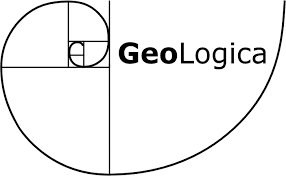
Date: 24 - 27 Mar 2025
Location: Houston
Tutors: AuthorRon Kerr, David Kessler, John Byrd
This course is designed to provide seismic interpreters, managers, geophysicists and geologists with a broad understanding of seismic imaging and processing. Emphasis will be placed on an understanding of industrial methods and workflows, differentiation of signal from artifacts, and connecting seismic data to geological settings for prospect evaluation and generation. The limited amount of quantitative seismic theory that is included is linked to the fundamentals of seismic data acquisition and processing, imaging, model building and interpretation through the incorporation of case studies. The eight course sessions continually build on the material from previous sessions and are tied to the underlying geology.
You will learn to:
- Outline the principal strengths and limitations of depth imaging.
- Assess the uncertainties of depth imaging and strategies to reduce these.
- Establish the fundamentals of marine- and land-based seismic from acquisition to pre-processing.
- Examine the processing steps leading to post- and pre-stack time migration, and post-stack depth migration.
- Evaluate various migration parameters used in the application of pre-stack depth migration and how they affect the PSDM image.
- Gauge the accuracy of time to depth conversion by application of pre-stack depth migration, as well as seismic to well tie and residual depth correction.
- Demonstrate the fundamental differences between depth and time migration and the improved imaging results when depth migration is utilized to resolve lateral velocity variations.
- Evaluate the link between the pre-stack depth image and the underlying geological settings.
- Analyze the complex structural geometries associated with salt tectonics and their significant associated imaging challenges.
- Differentiate signal from artifacts.
- Assess the construction of geological models utilizing our common understanding of velocity estimation, anisotropic parameters and different geologic settings.
- Connect seismic data to geological settings for prospect evaluation and generation.
KeyFacts Energy Industry Directory: GeoLogica l KeyFacts Energy news: Training
 KEYFACT Energy
KEYFACT Energy